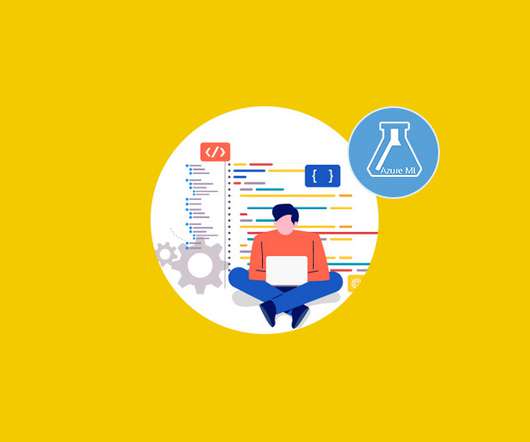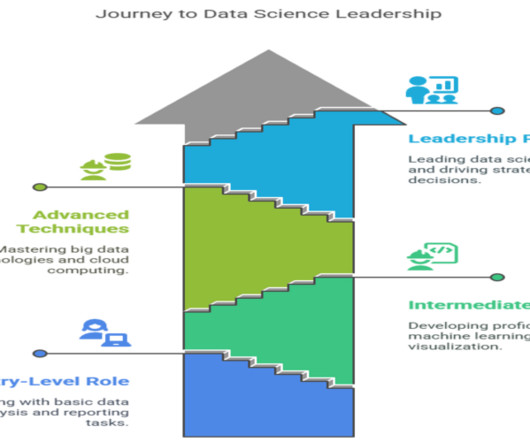The Power of Azure ML and Power BI: Dataflows and Model Deployment
Analytics Vidhya
OCTOBER 14, 2020
Overview Learn about the integration capabilities of Power BI with Azure Machine Learning (ML) Understand how to deploy machine learning models in a production. The post The Power of Azure ML and Power BI: Dataflows and Model Deployment appeared first on Analytics Vidhya.












Let's personalize your content